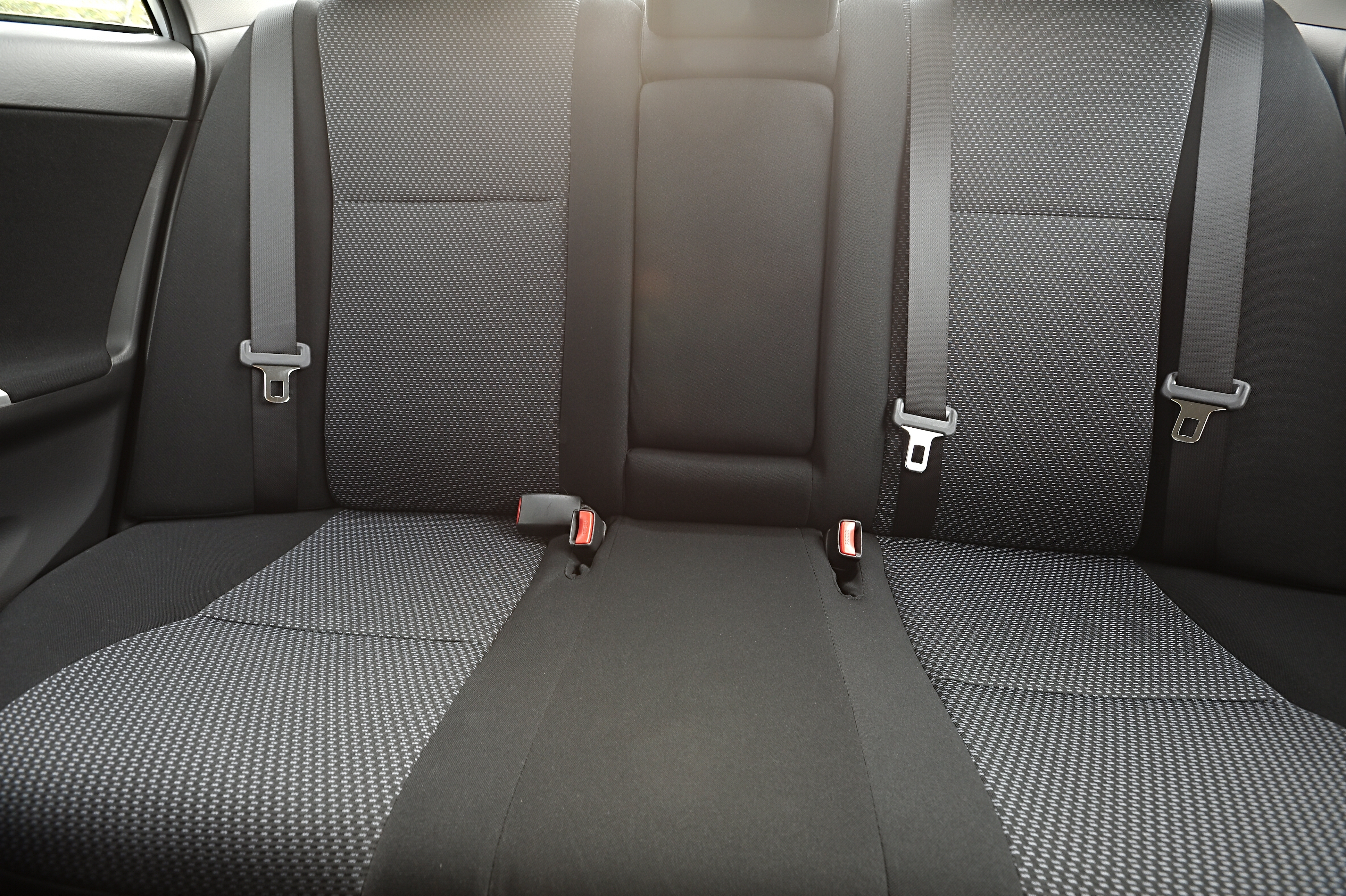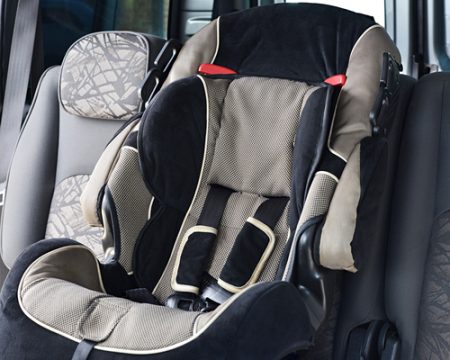The safest place children should be placed in is in the centre of a back seat vehicle, using a lap-and-shoulder seatbelt or a child’s safety seat.
Research has revealed that child safety seats can reduce injury to babies by up to 70% and by up to 50% in older children. This is because at the moment of impact, unrestrained occupants of the vehicle collide with each other and with the inside of the vehicle, slamming against headrests and the sides of the car.
Charmaine van Wyk of Bakwena addressed that it is important for parents to realize that holding their children on their laps or allowing them to play on the back seat is not appropriate as they may end up going through the windscreen.
According to South African law, children between the ages of three and 14, being transported on the road, must be restrained in car or booster seats in a vehicle. In a case where a special safety seat cannot be provided, children must be secured using the vehicle’s seatbelt. If there are no seatbelts, they are to sit in the back of the vehicle.
Children older than four years or those weighing more than 18 kg no longer need a car seat; but a booster seat positioned at their shoulder level, which allows them to see out the windows and protect their heads and necks from partial head-on or side impact collisions. Babies who weigh less than 9 kg can be placed in a rear-facing seat, in which they lie flat, to protect their bones and spine in times of an accident.
From April 2015, the law will require children under the age of three years to be buckled into car seats. Even when a vehicle is fitted with airbags, they can be dangerous to children under the age of 13 years. The force is enough to cause head injuries and they should not sit in the front seat.
Parents must fully take the initiative to ensure their children’s safety in moving vehicles.




